The Life of a CS:GO Professional
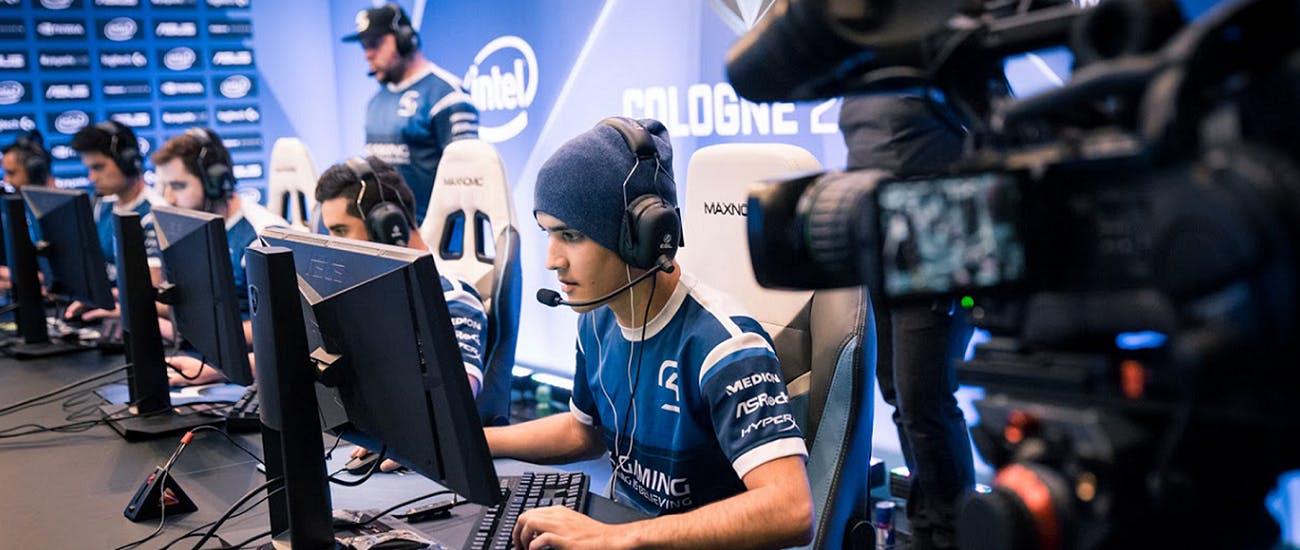
Counter-Strike:
Global Offensive is the fourth
and most recent edition of a long line of Counter-Strike
games, a series of first-person-shooter games that has stretched across two
decades. Released in 2012, CS:GO is
vastly popular all over the world, with particularly strong
player-bases in Latin & North America, along with Russia and
Eastern Europe. Amidst the millions of people who have played Counter-Strike, a tiny minority rise to the top and are able to make playing competitive CS:GO their full time job. Today, we will look at what the life of a
professional CS:GO player
is like, and what it takes to play at the highest level
for a living - playing video games for a living is not as simple or easy as it may sound!
Dedication
Like many competitive and sport professions, being a CS:GO pro requires dedication and massive sacrifice. In an interview with EarlyGame, professional player Timo “Spiidi” Richter of team Sprout openly discussed the sacrifices he made to become a full-time CS:GO pro. Spiidi explained how he had to make a decision between studying and working a regular job, or dedicating all of his time to being a professional gamer. Clearly, he chose the latter – but, Spiidi mentioned during the interview that he is worried for his future – after all, it is simply not possible to study or work a full-time job due to the non-stop practise that it takes to play CS:GO at the highest level. Spiidi mentioned his concern, in the interview above, that there will be a large gap on his resume/CV in the future. He also described how his daily life is completely overwhelmed by gaming; saying that “even on the toilet I think about CS:GO”.
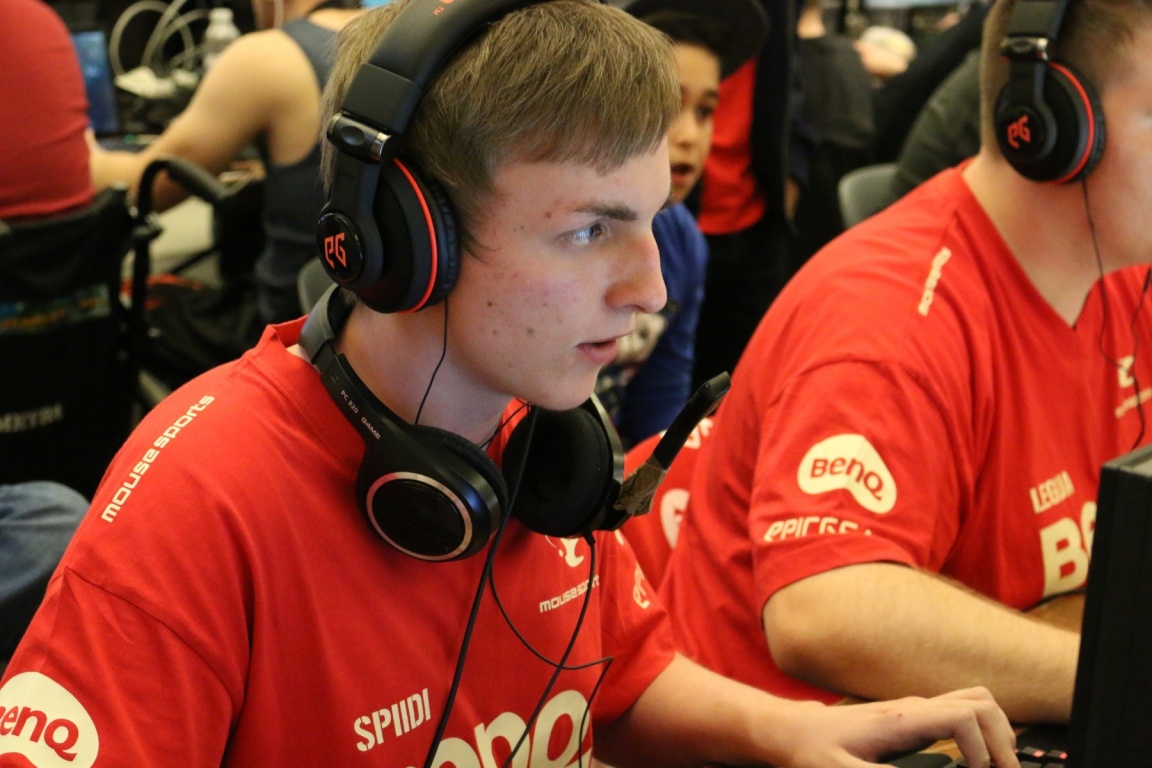
Spiidi is not an outlier. Every CS:GO professional dedicates nearly all of their free time to the game; whether playing practice matches, studying maps in intricate detail, or playing in competitive tournaments, the game rules their life. We also have to keep in mind that professional gamers were once casual players who played for fun; in this sense, CS:GO professionals have also lost their favourite hobby, as it is now their job. This means that the line between free-time and work becomes blurred, and many professional gamers simply never get a chance “switch off” at the end of a work day.
Professional players are also, naturally, concerned about their future - with many wondering how they will translate their intricate knowledge and expert skill of a video game into a future career, once they retire from eSports. Beyond just career concerns, spending so many hours per day to compete at this level means that players often have to sacrifice their relationships, be that with friends, family or romantically. This, conveniently, brings us to the next point.
Boredom & Monotony
CS:GO is an incredibly difficult game to master, and is very complex – but it is also a very simple game. There are only a select few guns that are regularly used by professional players: namely, the AK-47, AWP, M4, and the pistols. Further, there is not a huge amount of in-game maps in CS:GO, and of those, only a handful are regularly played by high level players (mostly, the legacy maps like Dust II and Mirage). This leads to aspiring and practising CS:GO professionals playing for hours upon hours, every day, in the exact same game environment. Whether they are playing practice matches or working on a particular play within the map, boredom is inevitable. There is a distinct lack of variety in day-to-day life for a CS:GO pro.
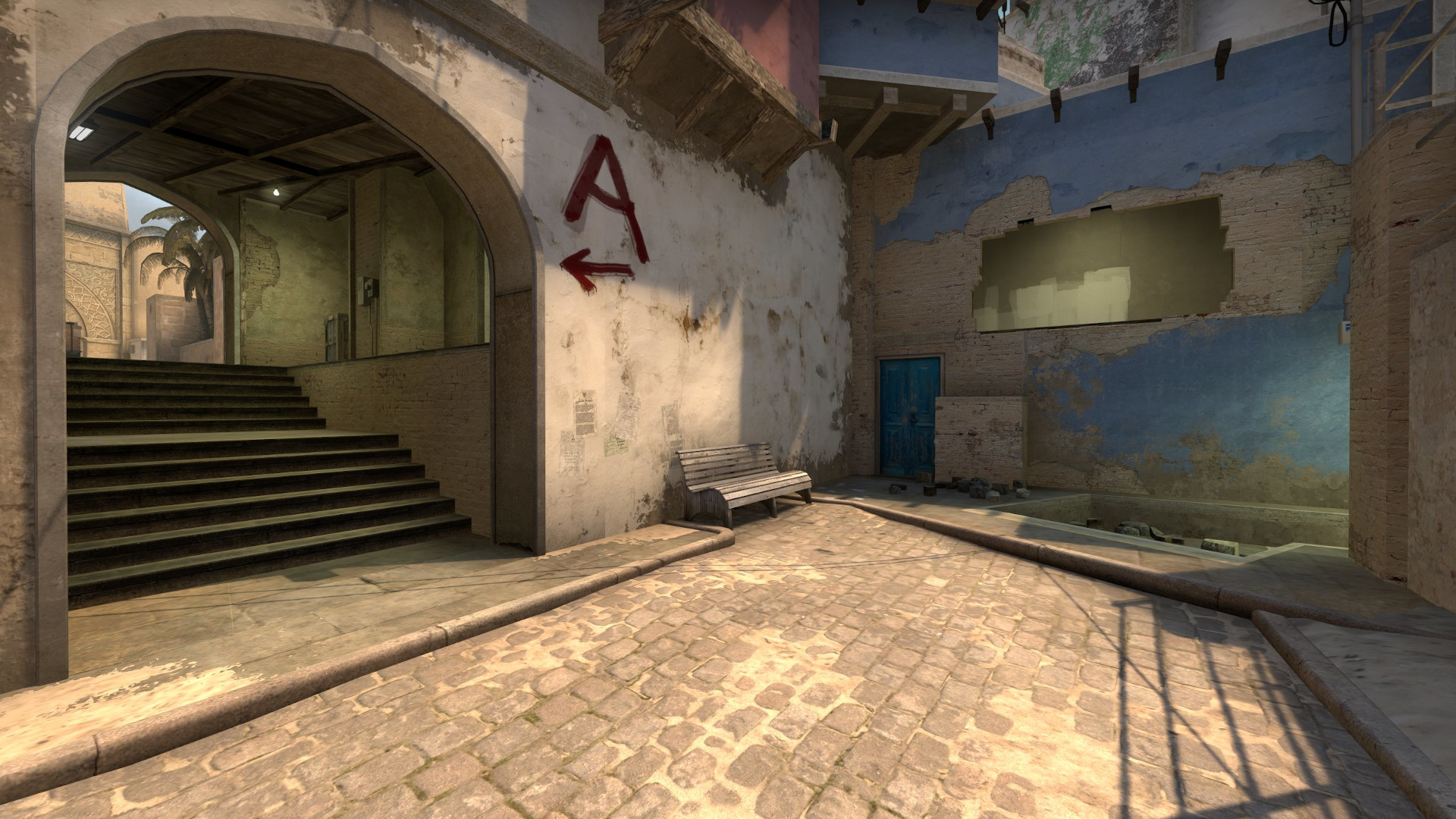
Take the image above, for example. Pictured is one of the most popular legacy maps in the game: Mirage. Popular because of its lack of redevelopment by CS:GO's design team, the map is beloved by amateur and professional players alike due to its longstanding, largely unchanged life within the game. This means that strategies developed five years ago are still effective today, for the most part.
Take a look at the above picture again. It is the middle area of Mirage that is being shown in the image (to be exact, the areas known as "lower mid", "connector" and "window room"). Not that interesting, right?
However, professional CS:GO players will spend potentially hundreds of hours practising in just this small area of Mirage; not least because it is a high-traffic and high-risk area of the map. CS:GO pros will spend countless hours trying to perfectly time their smoke grenades into the window at the top of the image; they will rehearse rushing up the staircase to the left onto "A Site" thousands of times; they will practise again and again landing the perfect shot into the window room's "sniper's nest".
For a professional CS:GO player, the map becomes the office, and the AK-47 becomes their keyboard. The CS:GO professional is, metaphorically, typing the exact same sentence over and over and over until he can do it blindfolded at breakneck speed. “Monotony” is in some ways an understatement for what is seemingly a dream-job!
Language barriers
Communication is a vitally important part of Counter-Strike. Anybody who has played CS:GO has probably encountered a myriad of languages being spoken during games, due to player matching being based on location & ping rather than having language-based servers. For European players, it is largely a coin-toss on whether your team mates will speak Russian or English (or both!); for American players, Russian is replaced by Spanish or Portuguese. This means that even in casual CS:GO lobbies, there can be language barriers between teammates - and competitive professional CS:GO is no exception.
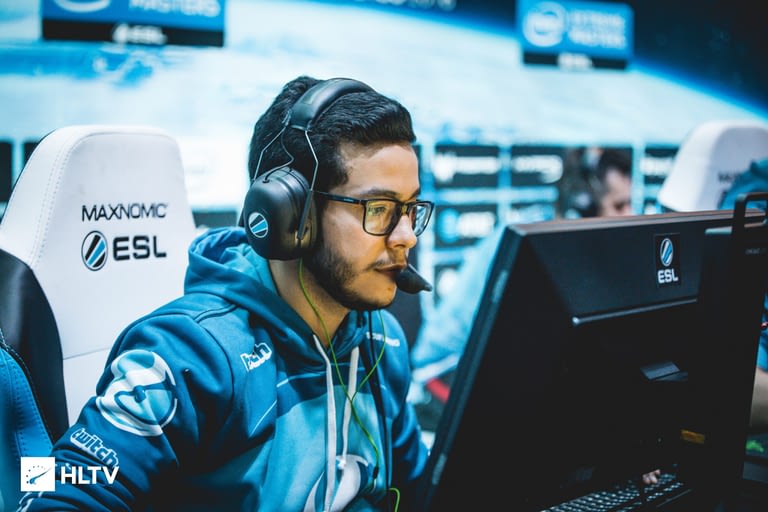
In an interview earlier this year, Brazilian CS:GO pro Lucas "steel" Lopes talked about his problems adapting to new languages after playing with different pro teams. Formerly a player for North American team Liquid, Lucas had to switch from Portuguese to English to communicate with his American team mates. After learning how to communicate in the game in English, Lucas moved to a Spanish team, Movistar Riders, and had to learn the Spanish phrases and call-outs for CS:GO.
In the interview with gaming.net, Lucas said that he now "know(s) all the words I need and I understand the words they use to communicate too, so it is no longer a problem". But, he continued, "If we are out of the game, it becomes difficult to understand, especially in diverse subjects other than Counter-Strike". What this shows is that not only do players need to learn phrases from different languages to be able to play effectively with their foreign team-mates, but, they may not be able to socialise or have conversations outside of CS:GO.
A large number of competitive CS:GO teams have a variety of nationalities within them but only communicate in one language. With communication being such a crucial aspect of success in CS:GO, it is clear how this can become a problem. Even amongst English speakers, there are contested phrases and terms that cause confusion. See the image below, for example:
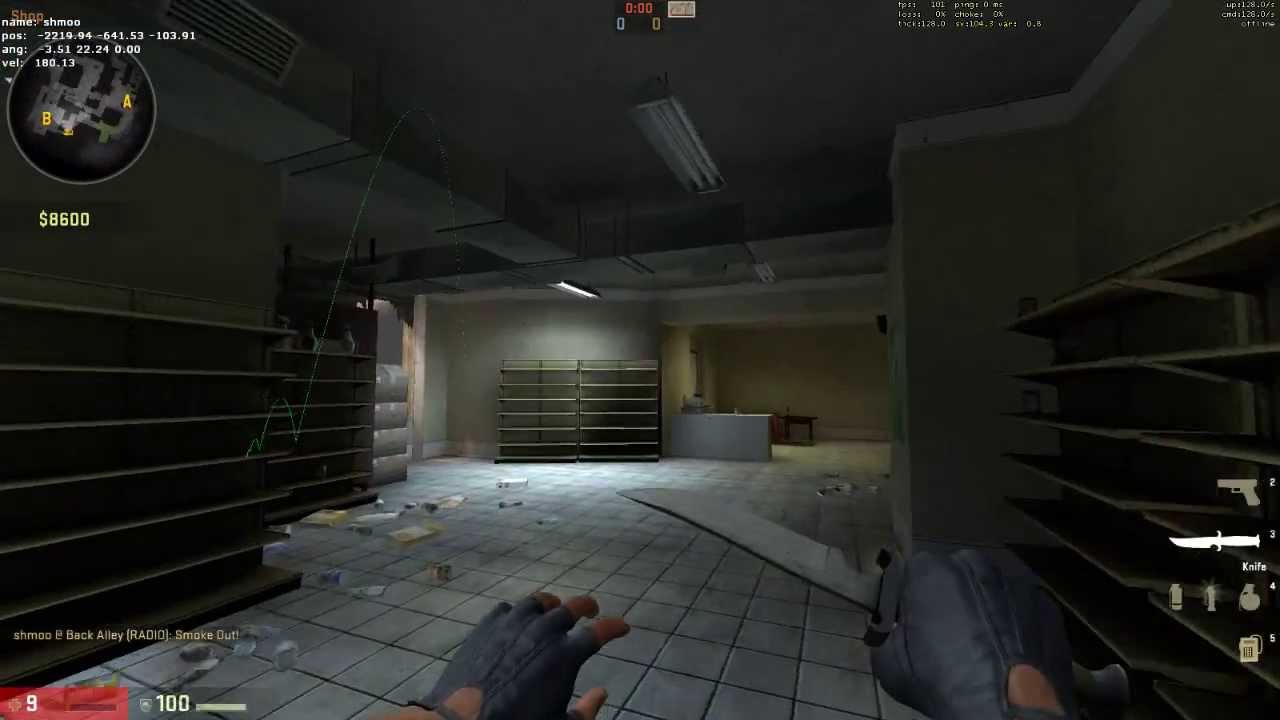
This part of the Mirage map is called "kitchen". Or "shop". Or "market". Or sometimes even "window".
There is not a consensus.
The divide is mainly between British and American players, with the former generally calling it "shop" and the latter "kitchen". This may not seem important, but the rapid pace of CS:GO games (combined with kitchen/shop/market being such a high-traffic area) means that players are often left confused at what to call it. if they spot an enemy inside, a moment of hesitation can be devastating during crucial moments of the game. The "kitchen" debacle is proof that even a team of native English speakers may end up confusing each other and miscommunicating.
The Gender Gap
Just like in many sports, competitive CS:GO and eSports has a gender divide. The vast majority of CS:GO professionals are male, and the top ranked teams are entirely all-male teams. There are female CS:GO celebrities, but they are the exception to the rule rather than the norm. Unlike in most physical sports, competitive CS:GO allows female players to play alongside (and against) male players - the gender separation is not a rule. Women are allowed to compete with men, but they hardly ever do. A number of media outlets and CS:GO pros have expressed their opinions on this gender gap, and their beliefs on why it exists (and what to do about it) vary widely.
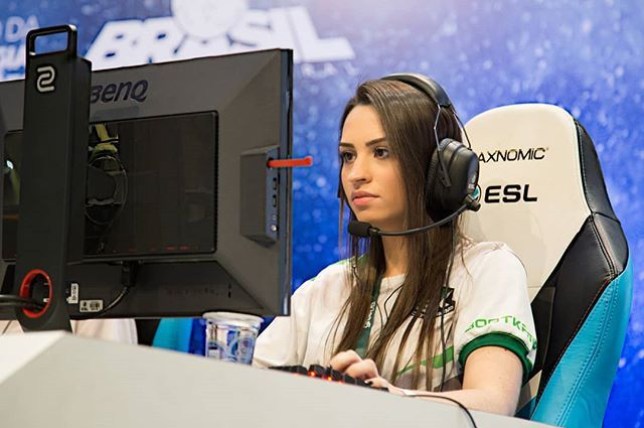
In 2019, a Vice article about the DreamHack women's CS:GO tournament described CS:GO as a "hostile atmosphere" for women, where they are excluded from competing with males by misogynistic attitudes and bullying. Therefore, women need a "safe space" to compete alongside other women, without having males around which would make female players feel "uncomfortable", according to Vice. The article also draws comparisons to racing sports, specifically Formula 1, where (like competitive CS:GO) women are also allowed to compete with men - but they rarely do so.
On the other side of the debate, there are many people who disagree with the argument that Vice and other sources have presented (that women need to be given a "safe space" in eSports). Many people online, for example in Reddit's main CS:GO forum, believe that all-female teams should not necessarily be given spots at cash-prize tournaments just because they are women. Some fans of competitive CS:GO have also argued that women should have to compete their way to the top, against female and male teams, so that tournaments remain skill-based rather than categorized by gender. The issue with this, however, is that this de-facto policy has left competitive tournaments featuring almost no female players in recent years.
So what do female CS:GO pros actually think?
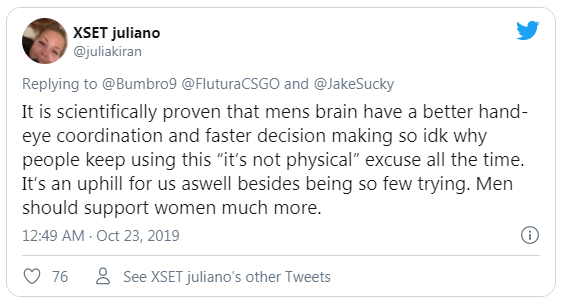
Team Besiktas captain Juliano argued that the differences between male and female brain anatomy are not to be underestimated; she described competitive CS:GO as an uphill struggle for women who want to play competitively, due to these physical differences. However, Juliano also said on her Twitter profile (link above) that women need these female-only tournaments (like DreamHack offers) to be able to compete, and that in the future she would like to see more mixed teams of men and women.
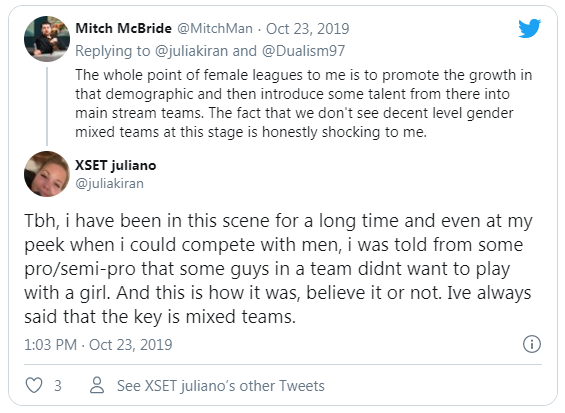
Both sides of the debate tell the truth. There is certainly some scientific proof that the male brain (generally) is more suited to spatial awareness and precision-based activities, like CS:GO. However, there is also an issue with sexism and a lack of inclusion, and bullying of women in competitive gaming; as Juliano said, a number of professional teams have (male) players who refuse to play with women as they believe women are simply "not good enough". Hopefully, in the future, we will see more and more diversity in gaming, competitive and casual alike.
Injuries & Health
Sure, nobody is going to break their collarbone or destroy their knee ligaments playing a video game (hopefully...). But injuries are common for CS:GO professionals, particularly repetitive strain type injuries. Using a gaming mouse for 12 hours a day, every day, means that injuries like carpal tunnel and RSI are incredibly common.
This is true for casual gamers and even for professionals who know better how to minimize injury risk, and threatens many professionals' careers: In 2015, Hai Lam (a famous League of Legends player of team Cloud9) had to retire as a professional at just the age of 22, due to a reoccurring and debilitating wrist injury.
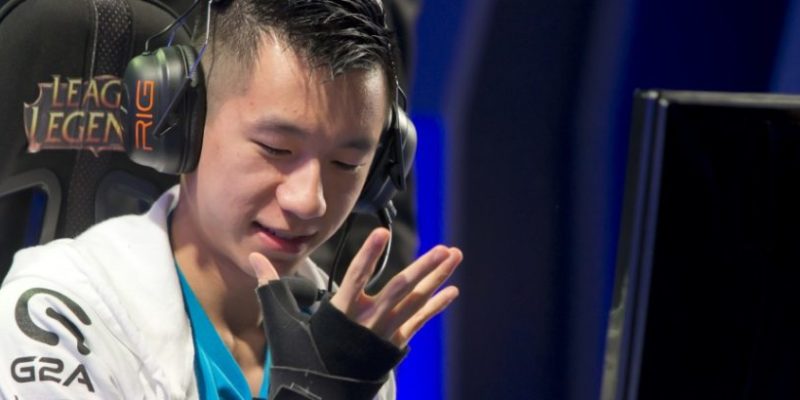
This year, Polish CS:GO
pro Mateusz “Mantuu”
Wilczewski announced that he was suffering from a condition affected
both of his hands known as “De Quervain's tenosynovitis”,
a painful condition affecting
the tendons of the thumb. This led to Mantuu losing all sensation in
his hands while playing, making it impossible for him to perform and
leaving him in constant pain.
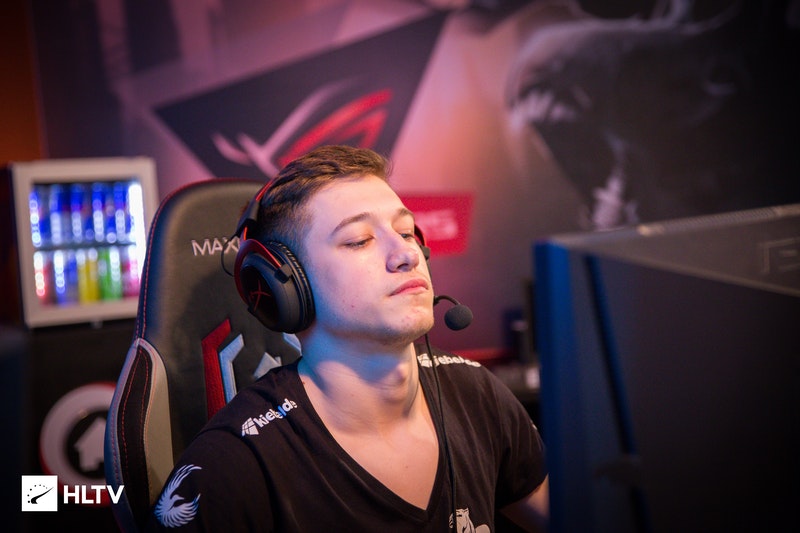
Mantuu was eventually able to return to
competitive CS:GO at
DreamHack, but his recovery required medication and extensive
physiotherapy. These types of injuries to the wrist and hand are
almost guaranteed for any long-term professional CS:GO
player, due to the nature of the
game requiring constant mouse movement and regular practice sessions. It may not seem
like much compared to the injuries we see in sports like American
Football, but keep in mind: these are physical, often long-term
injuries, that are very painful and can end professional gamers'
careers (read more). Thankfully, professional gamers are becoming more educated on
minimizing injury risk, through stretching, physiotherapy and
ergonomics.
However, there is another health-related issue that arises when your full-time profession is gaming: general health and obesity. Just like any office job or sedentary role, the nature of professional gaming means that players have to be wary of their health, and make an effort to exercise outside of work hours. Unlike traditional athletes, who maintain a great physique by virtue of their chosen career, exercise and health is extra-curricular and often neglected by CS:GO professionals, who simply don't have the time to do much outside of honing their craft.
Final thoughts
eSports “athletes” are often belittled and not thought of as being in the same class as real athletes like football players, swimmers or boxers. We often think of "pro-gamers" as lazy and lucky individuals, who get to spend their day doing what most of us casual gamers consider to be a dream job.
Professional CS:GO players do, however, face many of the same issues that all competitive athletes have. They have to drop their studies or career to play the same game for thousands of hours, perfecting their skill. They may have problems communicating with their team mates, and language barriers are commonplace. There is a blatant gender gap and a disproportiante representation of male CS:GO pros at the top of the competitive scene, just like in many other sports, with some arguing that this is due to physiological differences, and others arguing that women face bullying, harassment and are excluded in the competitive CS:GO realm. And finally, although it may seem unimportant, CS:GO pros do frequently get injuries that can threaten their career, and therefore, their livelihoods.
Not everybody can play video games for a living, but even if you could... would you want to?
~
Read more at:
https://cybersport.pl/264107/mantuu-gotowy-do-gry-snajper-zagra-z-og-podczas-dh-open-summer/
https://www.dailyesports.gg/wrist-injuries-bane-professional-esports-athletes/
https://www.earlygame.com/exclusive-interview-with-spiidi-even-on-the-toilet-i-think-about-csgo/
https://www.dexerto.com/csgo/c...
